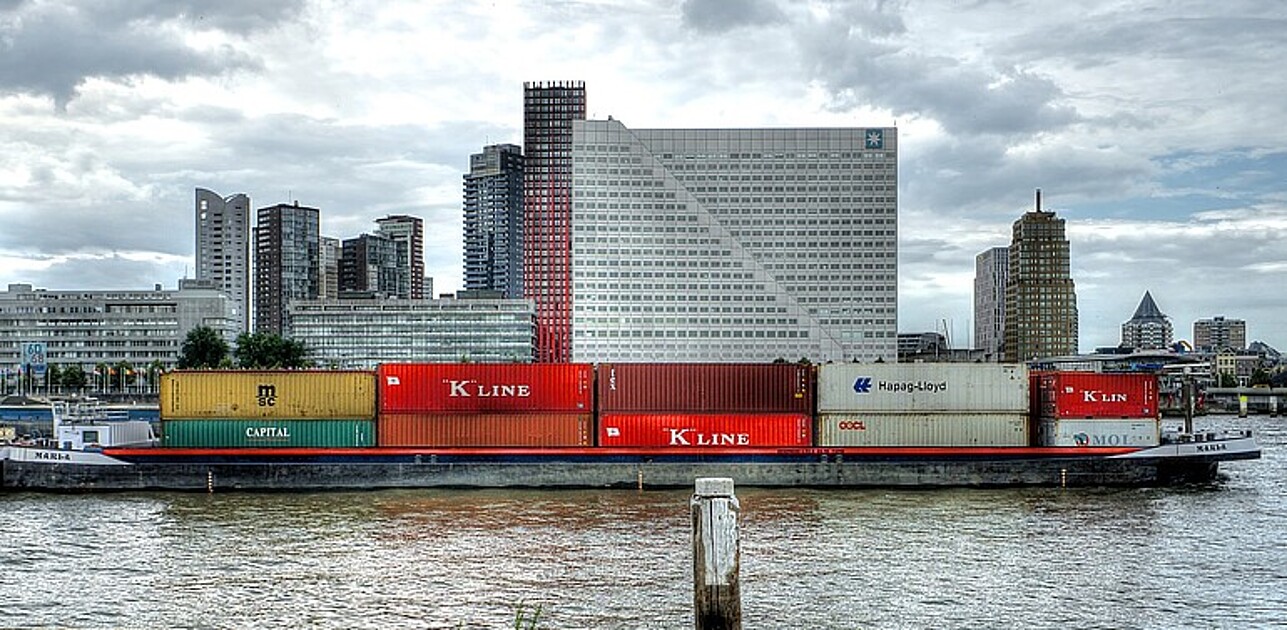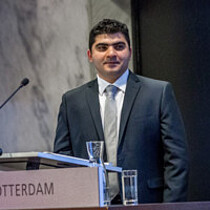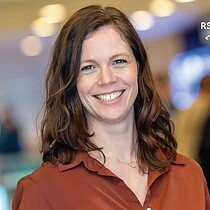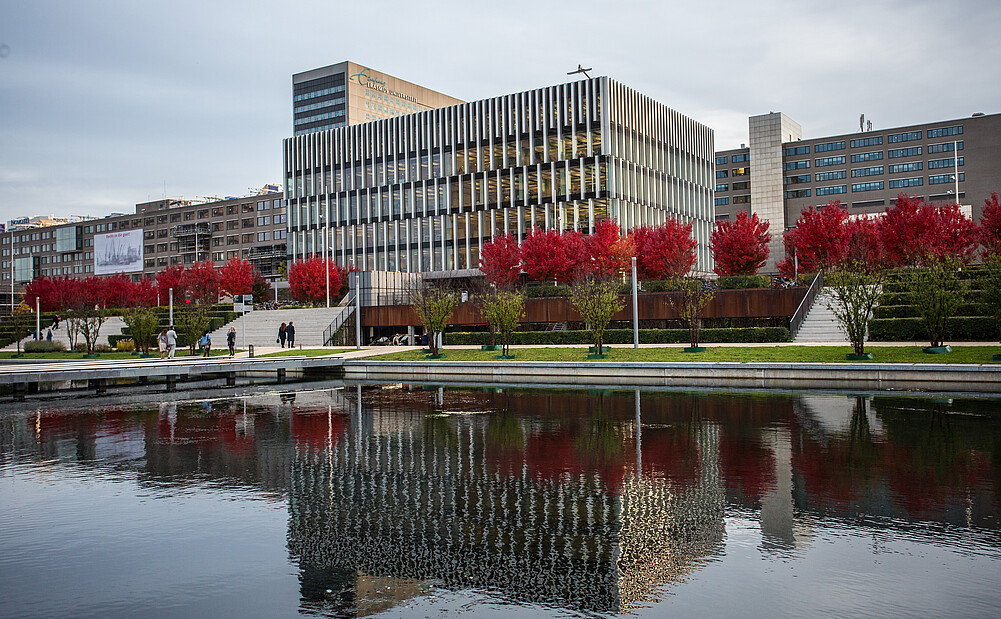

Article: Friday, 13 January 2017
Many container terminal operators now operate train and barge shuttle services from seaports to their own inland terminals. Panagiotis Ypsilantis of Rotterdam School of Management, Erasmus University (RSM) modelled the transport network design choices such ‘extended gate operators’ have to make. He discovered that it is often more profitable for them to expand their service beyond inland ports, and to deliver containers all the way to the client.
Running competitive transport services to inland ports requires a lot of choices for configuring the network, says Panagiotis: how many train or barge shuttle services should run each day? What volumes should they carry, and how should services be priced so they are competitive against other container terminal operators and road haulage services?
In addition to running train or barge services on routes to their inland ports, operators could also consider taking it a step further by offering port-to-door services that unload the goods at the seaport, transports them to the inland port, then delivers them to a final destination, usually by truck for this last stretch.
Calculating the optimal solution to this design puzzle is challenging, because these choices are all connected, says researcher Panagiotis. For example, an operator could achieve economies of scale by running a small number of very large barges to their inland ports only a few times a day. But this would be less attractive to clients that want to spend less time waiting for their goods. So, faced with competitors offering more frequent services, using a small number of large barges would theoretically make the service less competitive – and drive down the price.
Panagiotis confirmed this relationship between network design and pricing for port-to-inland-port transport by running extensive modelling. For this type of transport, firms running extended port operations looking to increase their revenue should look for opportunities to design their network to service under-served segments of the market, especially when demand is low. Configuring the network so it relies on economies of scale to reduce costs, for example by increasing the frequency of the shuttle service, is not the optimal decision for transport between seaport and inland port, his results show.
The researcher also found that port-to-door services offer more possibilities to increase revenue. In these cases, pricing is determined by competitors and operators should focus on reducing costs by achieving economies of scale, for example by running services to a limited number of inland ports.
Panagiotis says his approach of modelling this problem can be applied to other contexts in addition to extended port operators. Public transport planners have the same challenge of setting up an economically viable network with shuttle services for customers who can choose between several modes of transport.
PPC S.A.

Ypsilantis, P. (2016, December). The Design, Planning and Execution of Sustainable Intermodal Port-hinterland Transport Networks (No. EPS-2016-395-LIS). ERIM Ph.D. Series Research in Management. Erasmus University Rotterdam.


Science Communication and Media Officer
Rotterdam School of Management, Erasmus University (RSM) is one of Europe’s top-ranked business schools. RSM provides ground-breaking research and education furthering excellence in all aspects of management and is based in the international port city of Rotterdam – a vital nexus of business, logistics and trade. RSM’s primary focus is on developing business leaders with international careers who can become a force for positive change by carrying their innovative mindset into a sustainable future. Our first-class range of bachelor, master, MBA, PhD and executive programmes encourage them to become to become critical, creative, caring and collaborative thinkers and doers.
